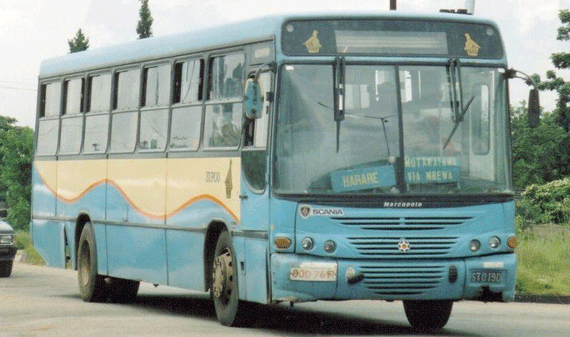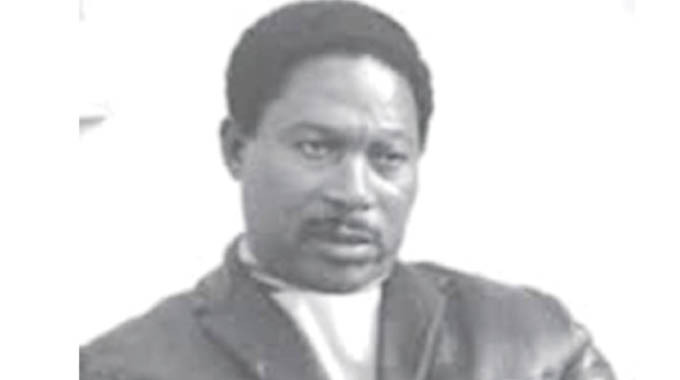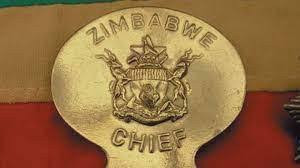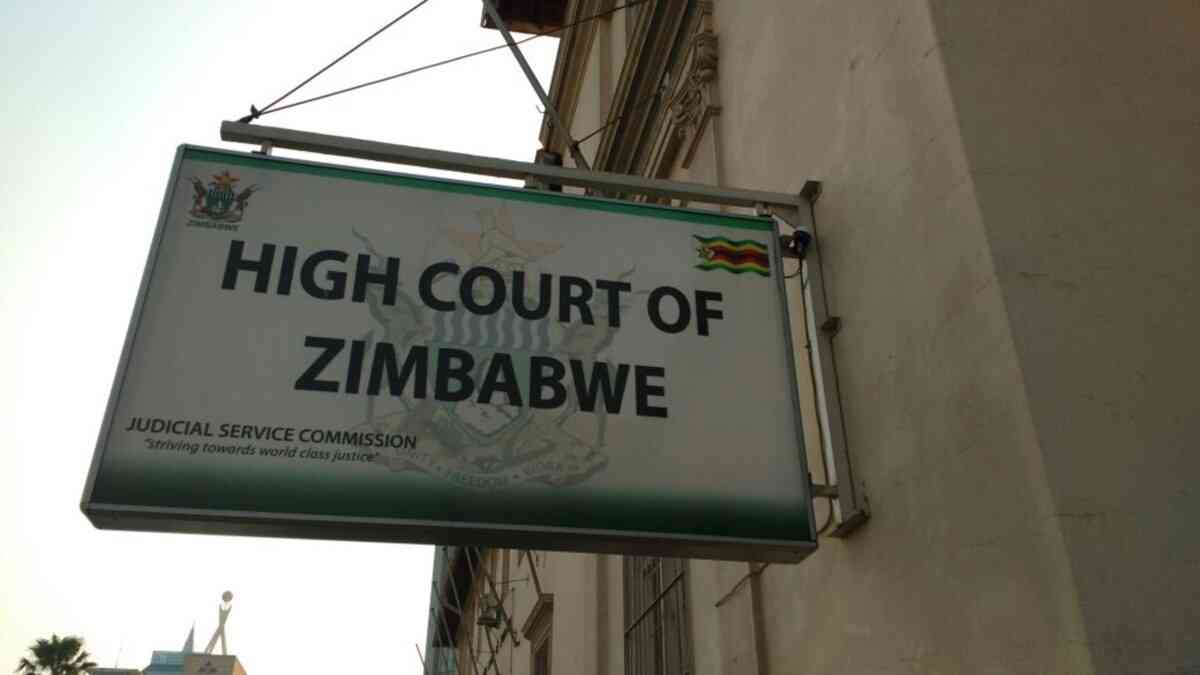
THE Zimbabwe United Passenger Company (Zupco) is the most secretive State institution, according to a survey on the accessibility of information from public bodies. NQOBANI NDLOVU STAFF REPORTER
 The Media Institute of Southern Africa (Misa) Zimbabwe Chapter randomly selected 12 State institutions to find out how transparent they were in terms of accessing information about their operations. Zupco, once the pride of the country as an efficient transport company, is currently battling a myriad of challenges blamed for its collapse, has been found to be very secretive about its operation, according to the survey.
The Media Institute of Southern Africa (Misa) Zimbabwe Chapter randomly selected 12 State institutions to find out how transparent they were in terms of accessing information about their operations. Zupco, once the pride of the country as an efficient transport company, is currently battling a myriad of challenges blamed for its collapse, has been found to be very secretive about its operation, according to the survey.
The Sports and Recreation Commission (SRC) was found to be the most open and transparent as it diligently addressed questions raised by Misa while the Zimbabwe School Examinations Council (Zimsec) was the runner-up and most improved public institution.
Misa-Zimbabwe director Nhlanhla Ngwenya said the survey conducted in 2013 was an annual project undertaken by the media watchdog at a regional level to ascertain the levels of access to information in Sadc.
Ngwenya said 67% of public institutions under review could easily be qualified as secretive, especially in light of their failure to respond to requests for information.
Rodrick Fayayo, the co-ordinator of the Bulawayo Progressive Residents’ Association said State institutions were secretive to “hide their looting”.
“It is a miniature of Zimbabwean politics. Where there are shady deals you know that there is secrecy.
“Clearly people are looting and very soon we will not have a company called Zupco,” Fayayo said about the survey findings.
- Chamisa under fire over US$120K donation
- Mavhunga puts DeMbare into Chibuku quarterfinals
- Pension funds bet on Cabora Bassa oilfields
- Councils defy govt fire tender directive
Keep Reading
The survey consisted of 12 randomly sampled institutions which comprised Zimsec, Zupco, SRC, Zimbabwe Revenue Authority Tourism ministry, Zimbabwe Electricity Supply Authority, Women’s Affairs, Gender and Community Development ministry, Home Affairs ministry, the then Media, Information and Publicity ministry, Education ministry, Higher and Tertiary Education ministry and the Youth Development, Indigenisation and Economic Empowerment ministry.










